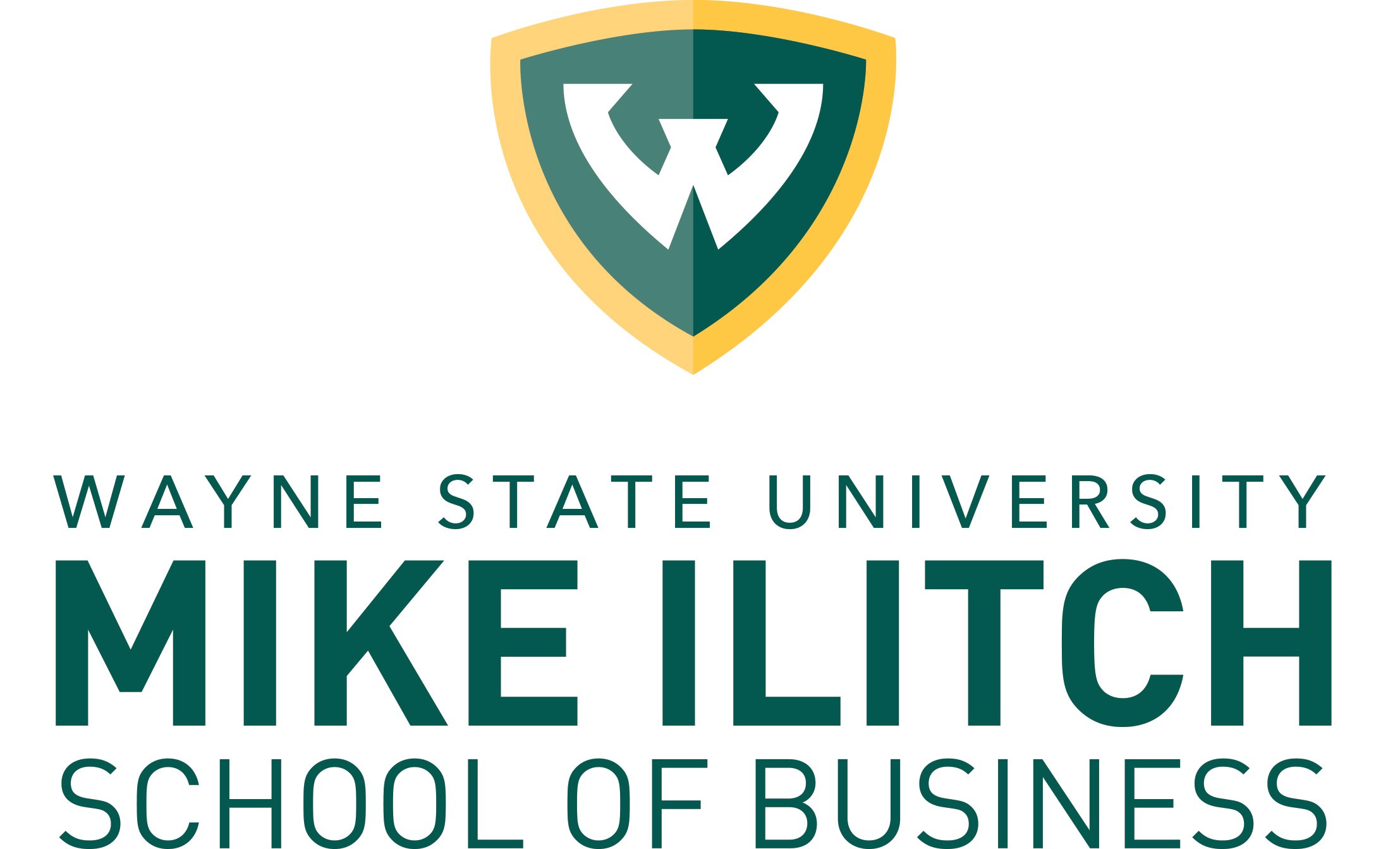 Why do some small businesses loose market-share? They have been in business for years, have a great product or service, do the same marketing campaigns that have been highly successful during past years but are losing market-share to start-up businesses? Let us compare marketing styles between the established small businesses and new start-ups. What kind of marketing campaigns are start-up businesses doing? What are the differences to traditional marketing and the Inbound marketing approach? Following is a summary of Inbound and Outbound marketing and what Inbound methodology looks like for converting leads and closing customers.
Why do some small businesses loose market-share? They have been in business for years, have a great product or service, do the same marketing campaigns that have been highly successful during past years but are losing market-share to start-up businesses? Let us compare marketing styles between the established small businesses and new start-ups. What kind of marketing campaigns are start-up businesses doing? What are the differences to traditional marketing and the Inbound marketing approach? Following is a summary of Inbound and Outbound marketing and what Inbound methodology looks like for converting leads and closing customers.
Traditional marketing or outbound marketing interrupts. It interrupts someone’s flow of activity in order to get attention. Examples of this type of marketing would be TV, Radio, and print ads, billboards, pop-ups and pop-unders, contextual ads, outbound sales calls, trade show booths, forum, comment, and UGC spam, banner and display ads, paid app reviews, video ads, paid and rented email list and more.
 Inbound marketing is earning attention organically, without interrupting anyone. Examples of these marketing methodologies would be video content, organic app store visibility, content creation and marketing, word of mouth and viral marketing, earned social media, public speaking, blogging, influencer outreach, community building, thought leadership, press and public relations, supporting and sponsoring events, authoring books and print media, opt-in email lists, and SEO (search engine optimization) and PPC.
Inbound marketing is earning attention organically, without interrupting anyone. Examples of these marketing methodologies would be video content, organic app store visibility, content creation and marketing, word of mouth and viral marketing, earned social media, public speaking, blogging, influencer outreach, community building, thought leadership, press and public relations, supporting and sponsoring events, authoring books and print media, opt-in email lists, and SEO (search engine optimization) and PPC.
A partial explanation of The Inbound Methodology for Converting Leads & Closing Customers is as follows:
1. Planning Remarkable Content
- Recalling Your Buyer Persona. Put yourself in the shoes of your prospects before making marketing decisions. Recall your buyer persona. What demographic information do you currently know about your ideal customers? What are your buyer persona’s challenges and pain points? What objections does your buyer persona hold about your products or services? What professional and personal goals does your buyer persona aspire to achieve? And how does your buyer persona research solutions to their problems?
- Outlining a content offer. First, decide what stage of the buyer’s journey your content that you are creating will address. Then, decide what content format you are going to use. There are lots of content formats like ebooks, analyst report, expert guide, checklist, how-to guide, game/quiz, sample agenda, podcast, webinar, worksheet, template, calculator, vendor comparison, practice test, self- assessment, demo/trial, consultation, case study, product brochure, FAQ guide and more.
2. Building the Lead Conversion Path
- Drafting your Call-To-Action. The CTA is a high-quality conversion path to generate leads from your website visitors. The CTA should promote the content offer you have decided on. Remember that the tone and language you use for the CTA should be used on the landing page, form, and thank you page.
- Drafting your Landing Page. This is your opportunity to convert a visitor into a lead. Focus on benefit-oriented language and make it actionable.
- Drafting your Thank You Page. The Thank You Page should deliver your promised offer and express your thanks.
- Email Proofing. Here are a few questions to ask yourself regarding your emails. Is the goal of the email clear? Was the email easy to read? Is the subject line adequate? Are the included images relevant to the email messaging?
3. Developing Qualified Leads
Indentifying Lead Nurturing Email Types. It is important to identify leads and nurture them so they are ready for the sales team. It is very important to provide the right content at the right time for your prospects, leads, and customers. You can establish more trust with your prospects through email by giving them the content they are ready and looking for and help them advance through the buyers journey.
 It is vital for small businesses to evolve and embrace the Inbound Methodology. Most small businesses are already doing some Inbound. This blog post is just a small sample of how marketing and sales has evolved and Inbound gives you all the teaching, strategies and resources to get competitive. Visit www.hubspot.com to start the education process of Inbound. Merging traditional and Inbound marketing and sales methodologies is the only way to keep and gain market-share---especially as more and more consumers embrace mobile devices for all their product and services research and purchasing needs.
It is vital for small businesses to evolve and embrace the Inbound Methodology. Most small businesses are already doing some Inbound. This blog post is just a small sample of how marketing and sales has evolved and Inbound gives you all the teaching, strategies and resources to get competitive. Visit www.hubspot.com to start the education process of Inbound. Merging traditional and Inbound marketing and sales methodologies is the only way to keep and gain market-share---especially as more and more consumers embrace mobile devices for all their product and services research and purchasing needs.



